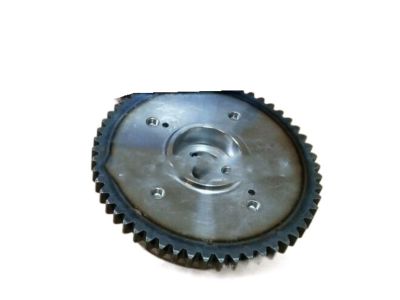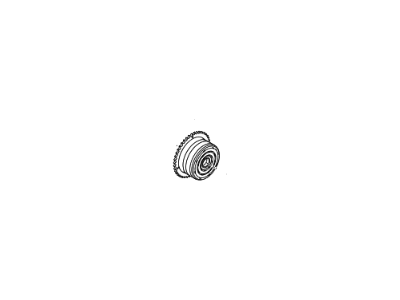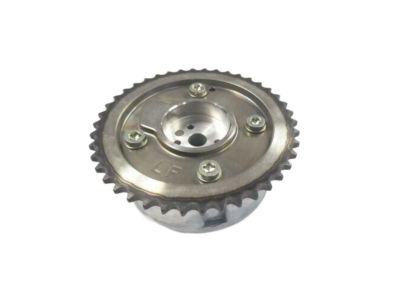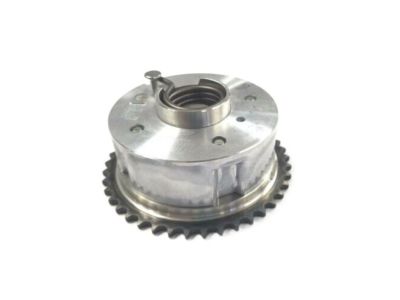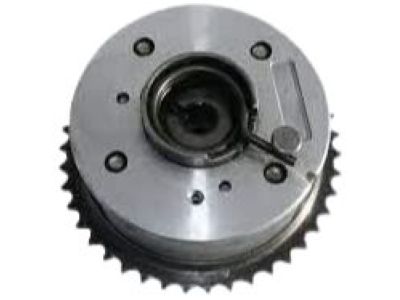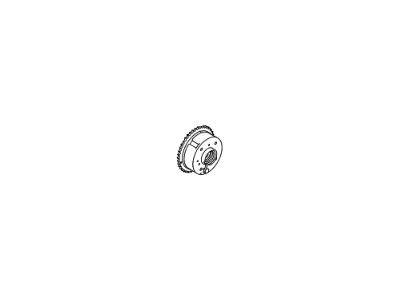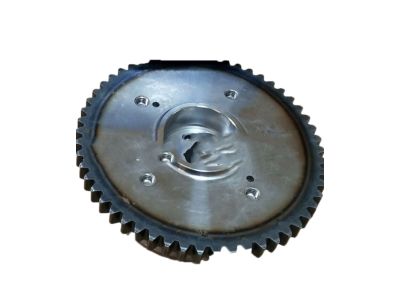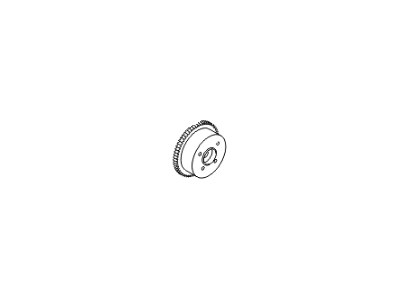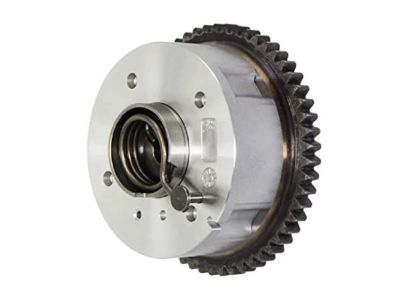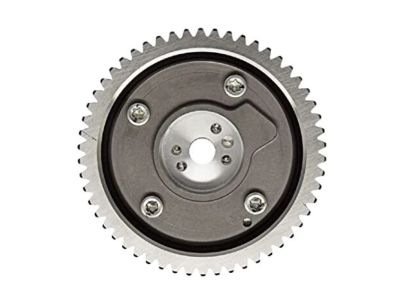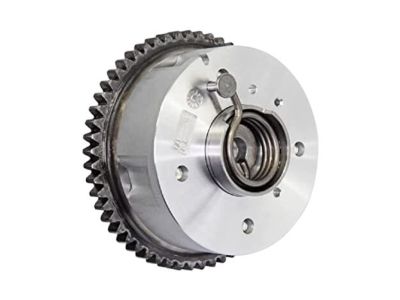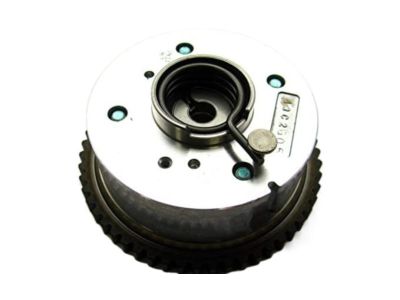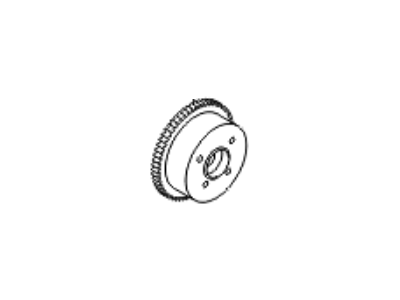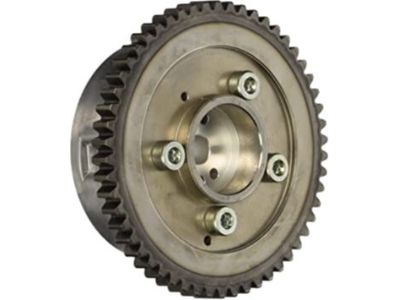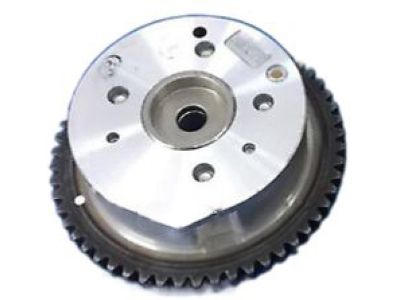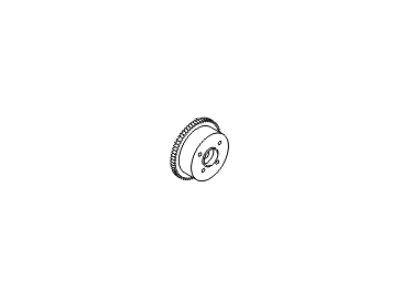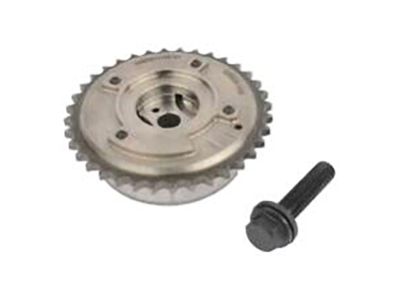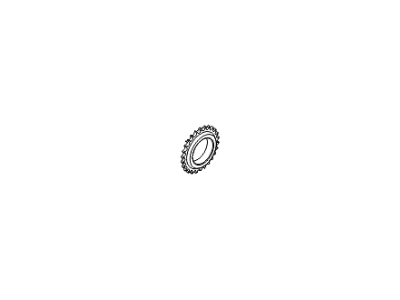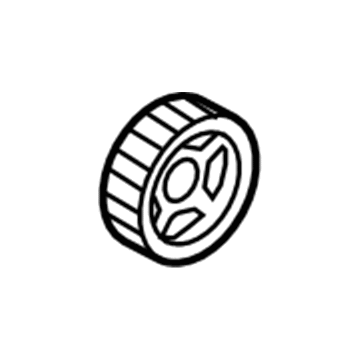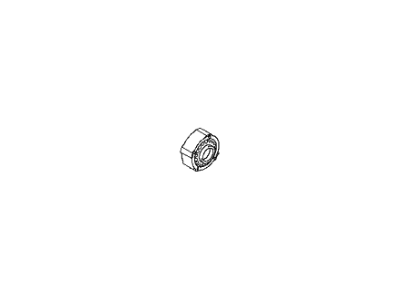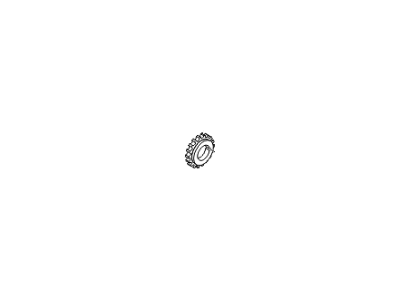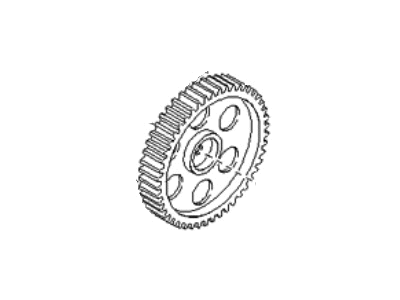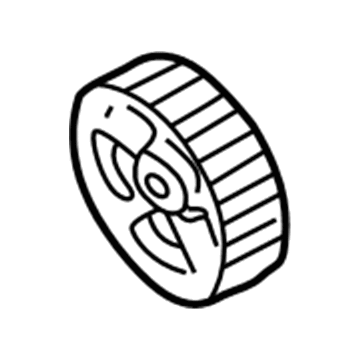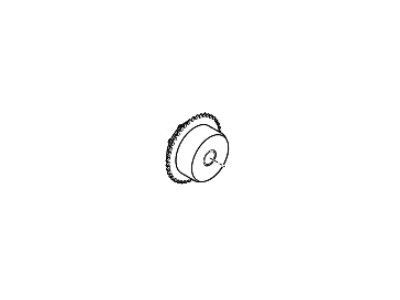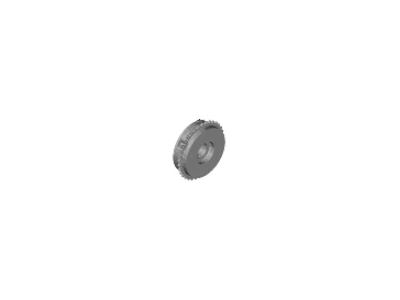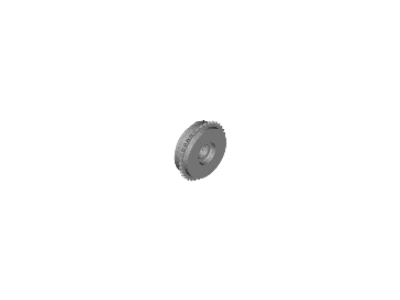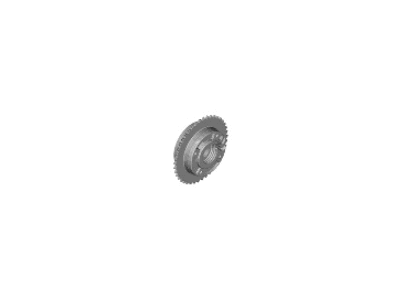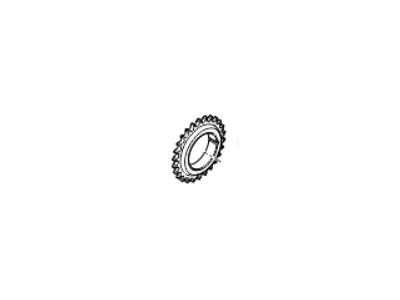×
- Hello
- Login or Register
- Quick Links
- Live Chat
- Track Order
- Parts Availability
- RMA
- Help Center
- Contact Us
- Shop for
- Kia Parts
- Kia Accessories

My Garage
My Account
Cart
Genuine Kia Sportage Variable Timing Sprocket
Timing Gear Sprocket- Select Vehicle by Model
- Select Vehicle by VIN
Select Vehicle by Model
orMake
Model
Year
Select Vehicle by VIN
For the most accurate results, select vehicle by your VIN (Vehicle Identification Number).
18 Variable Timing Sprockets found

Kia Sportage Cvvt Assembly-Intake
Part Number: 243502GGB1$312.80 MSRP: $450.20You Save: $137.40 (31%)
Kia Sportage Cvvt Assembly-Exhaust
Part Number: 243702G750$250.29 MSRP: $360.24You Save: $109.95 (31%)Ships in 1-2 Business Days
Kia Sportage Cvvt Assembly-Intake
Part Number: 243502G750$164.35 MSRP: $235.12You Save: $70.77 (31%)Ships in 1-2 Business Days
Kia Sportage Cvvt Assembly-Exhaust
Part Number: 243702G000$238.30 MSRP: $342.99You Save: $104.69 (31%)Ships in 1-3 Business Days
Kia Sportage CVVT Assembly
Part Number: 2435025000$226.48 MSRP: $324.00You Save: $97.52 (31%)Ships in 1-3 Business Days
Kia Sportage Sprocket-Timing Chain
Part Number: 2432226001$4.39 MSRP: $5.95You Save: $1.56 (27%)Ships in 1-3 Business DaysKia Sportage Cvvt Assembly-Intake
Part Number: 243502GGB0$586.74 MSRP: $861.59You Save: $274.85 (32%)Ships in 1-3 Business DaysKia Sportage Cvvt Assembly-Intake
Part Number: 243502GGA1$320.09 MSRP: $450.20You Save: $130.11 (29%)Kia Sportage SPROCKET-Cam Shaft
Part Number: 2421135500$54.12 MSRP: $76.77You Save: $22.65 (30%)Ships in 1-3 Business DaysKia Sportage CVVT Assembly
Part Number: 2435023800$336.93 MSRP: $484.94You Save: $148.01 (31%)Ships in 1-3 Business DaysKia Sportage Sprocket-Timing Chain
Part Number: 2432223775$19.62 MSRP: $27.60You Save: $7.98 (29%)Ships in 1-3 Business DaysKia Sportage Pulley-Camshaft
Part Number: 0K95412425$29.89 MSRP: $42.40You Save: $12.51 (30%)Ships in 1-3 Business DaysKia Sportage Sprocket-Camshaft
Part Number: 2421123000$46.25 MSRP: $65.60You Save: $19.35 (30%)Ships in 1-3 Business DaysKia Sportage CVVT Assembly-Intake
Part Number: 243502S000$537.14 MSRP: $788.75You Save: $251.61 (32%)Ships in 1-3 Business DaysKia Sportage CVVT Assembly-Intake
Part Number: 243502M800$264.12 MSRP: $380.14You Save: $116.02 (31%)Ships in 1-3 Business DaysKia Sportage CVVT Assembly-Exhaust
Part Number: 243702M800$211.72 MSRP: $302.89You Save: $91.17 (31%)Ships in 1-3 Business DaysKia Sportage CVVT Assembly-Exhaust
Part Number: 243702S000$225.22 MSRP: $322.20You Save: $96.98 (31%)Ships in 1-3 Business Days
Kia Sportage Variable Timing Sprocket
If you're in search of top-notch, reasonably priced OEM Kia Sportage Variable Timing Sprocket, then you've found the perfect spot. Our website boasts an extensive inventory of Kia Sportage Variable Timing Sprocket, all priced at the market's premier price. Rest assured, every genuine part we offer comes with a warranty straight from the manufacturer.
Kia Sportage Variable Timing Sprocket Parts Questions & Experts Answers
- Q: What precautions should be taken when performing a timing belt and Sprocket procedure to avoid severe engine damage on Kia Sportage?A:Timing is sharply set, and a mistake may cause grave engine damage, so, this task should be performed by professionals only. Starting with this, get a hold of the negative battery terminal followed by blocking the rear wheels then engaging the parking break. Loose the right front wheel lug nuts, lift the car and then remove the right front wheel. The next procedures include the removal of engine splash shields and drive belts, and spark plugs. Fourth, take out the water pump pulley bolts and the Crankshaft Pulley while getting the crankshaft to at least slightly lock in position by fitting a screwdriver into teeth of the ring gear and the engine block. Take off the timing belt casing and ensure that the crankshaft and camshaft sprocket alignment is correct. If the timing belt is being reused, sprockets and belt need to be aligned again by marking. Release the tension of the timing belt tensioner, and consequently, take out the timing belt as well as inspect the condition of the tensioner and the idler pulleys. Even if the belt looks fine, Ford recommends checking for either wear or harm; were any harm found, the timing belt should be replaced. For installation remove the marker, crankshaft will be on TDC while the camshaft timing sprocket is aligned. Thereafter replace the timing belt under the crankshaft sprocket and make sure that it correctly engages on all the relevant sprockets, also making sure that the belt tension is correct. When confirming all the alignment marks, replace the timing belt covers, crankshaft pulley, and water pump pulley before joining the negative terminal of the battery.
Related Kia Sportage Parts
Browse by Year
2024 Variable Timing Sprocket 2023 Variable Timing Sprocket 2022 Variable Timing Sprocket 2021 Variable Timing Sprocket 2020 Variable Timing Sprocket 2019 Variable Timing Sprocket 2018 Variable Timing Sprocket 2017 Variable Timing Sprocket 2016 Variable Timing Sprocket 2015 Variable Timing Sprocket 2014 Variable Timing Sprocket 2013 Variable Timing Sprocket 2012 Variable Timing Sprocket 2011 Variable Timing Sprocket 2010 Variable Timing Sprocket 2009 Variable Timing Sprocket 2008 Variable Timing Sprocket 2007 Variable Timing Sprocket 2006 Variable Timing Sprocket 2005 Variable Timing Sprocket 2002 Variable Timing Sprocket 2001 Variable Timing Sprocket 2000 Variable Timing Sprocket 1999 Variable Timing Sprocket 1998 Variable Timing Sprocket 1997 Variable Timing Sprocket
